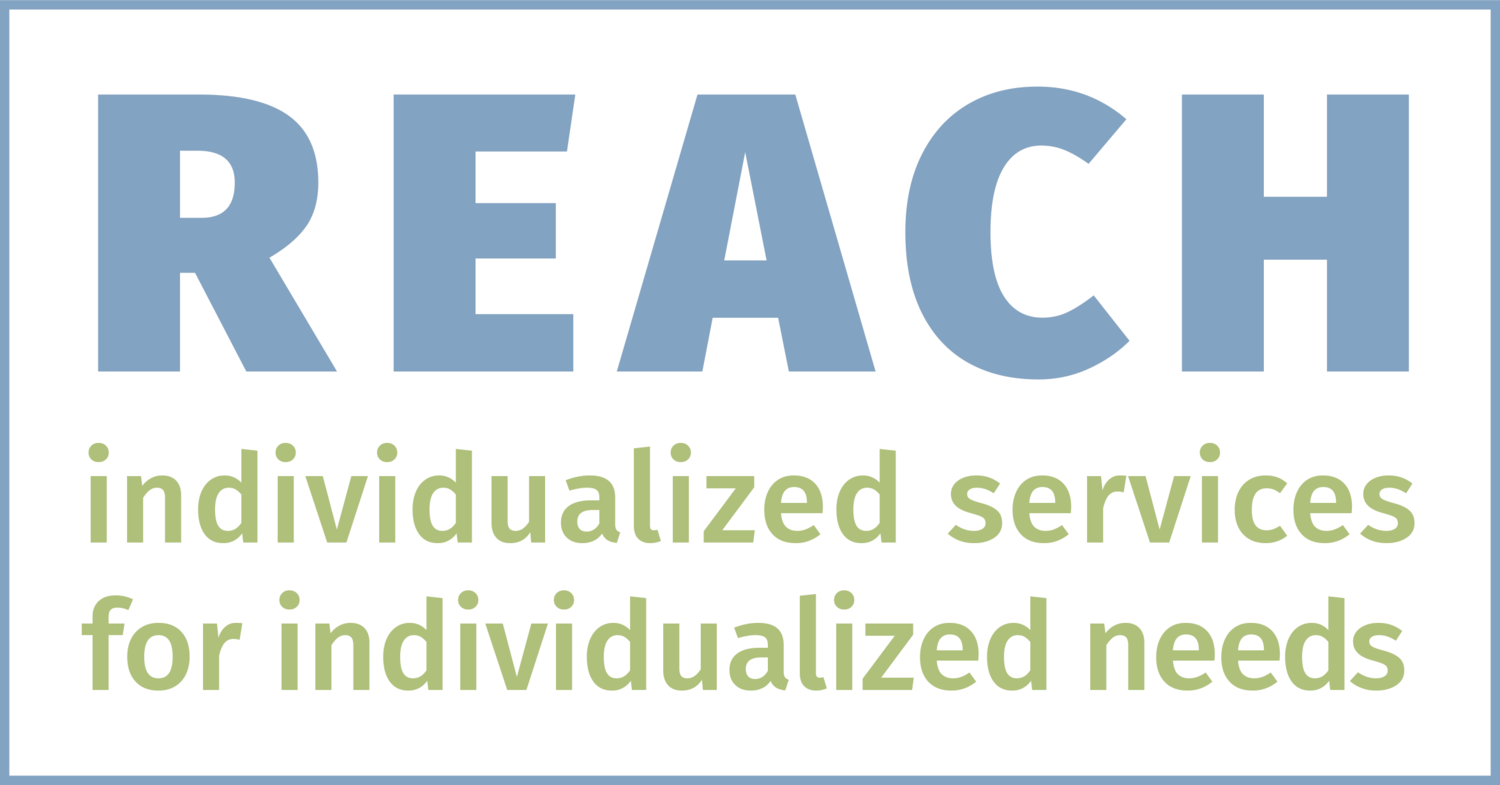
COMMON EXPERIENCES
Find out if REACH Learning is right for your family by downloading our FREE information sheet today!
Maybe you’ve been told that your child is super smart, but daydreaming through class or losing motivation because of low self-esteem. These are the stories we hear every day at REACH Learning Services.
Some of the earliest signs of learning difficulties are challenges with tasks such as decoding words, remembering letter names, printing clearly, or rhyming. A child who is struggling in the classroom may appear to be daydreaming or unmotivated and may excel in one subject and seem not to care about another.
Is this you?
Maybe you’ve heard, “He’ll grow out of it in a few years,” or, “If she could just calm her body, she’d be reading and writing in no time,” or, “He’s so smart. He just needs to apply himself.” Oftentimes, parents will move their child to a new classroom, or even a new school, in hopes of finding the “right academic fit,” “right culture,” or “right teacher,” only to have the learning challenges reoccur in different ways, even when the environment has changed. These are the stories we hear every day at REACH Learning. We often encounter children who have struggled in more than one school environment or families who are overwhelmed and feeling isolated and unsure what to do next. When it comes to invisible disabilities, these stories are commonplace. We’re here to recognize your child’s learning differences and help you change the story for your family and your child.
Social-emotional resources are built into our interventions. Emotional and behavioral learning matter just as much to us as literacy and math.

Invisible Disabilities
& Neurodiversity
Not all disabilities are evident from the outset. Learning differences may only become apparent through time or in certain situations. In the classroom, invisible disabilities can make it increasingly difficult for an undiagnosed child to pay attention, learn, and work with peers. As the child begins reading and writing, disabilities like dyslexia and dysgraphia can come to the surface. Often, the child won’t vocalize that they are having difficulty with a subject but a parent may notice increased frustration, anxiety or disengagement.
Did you know?
1 in 5 meet medical criteria for a disability but
only 1 in 10 meet the criteria for specialized help
in public schoolPrivate schools are not required to provide specialized supports at all if they do not use public dollars.
What is Neurodiversity ?
Neurodiversity refers to the unique and individual way our brains are wired. Every human is unique and so are our brains. REACH Learning’s goal is to help each child use these differences to REACH their fullest potential.
Common Neurodiversities:
Twice Exceptional (2E)
ADHD
Anxiety
Autism
Dyscalculia
Dysgraphia
Dyslexia
Dyspraxia
Did you know?
1 out of 7
people are neurodiverse


